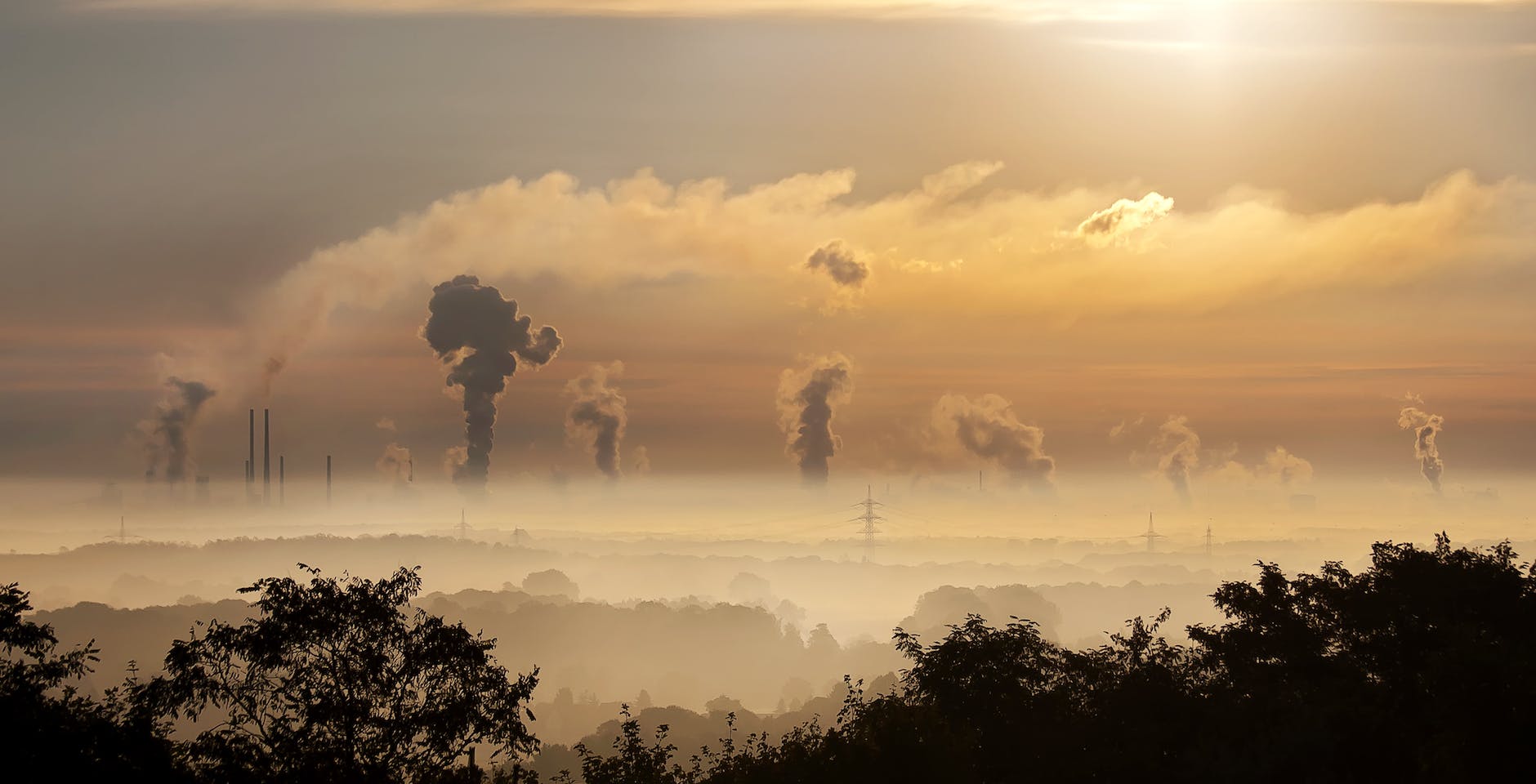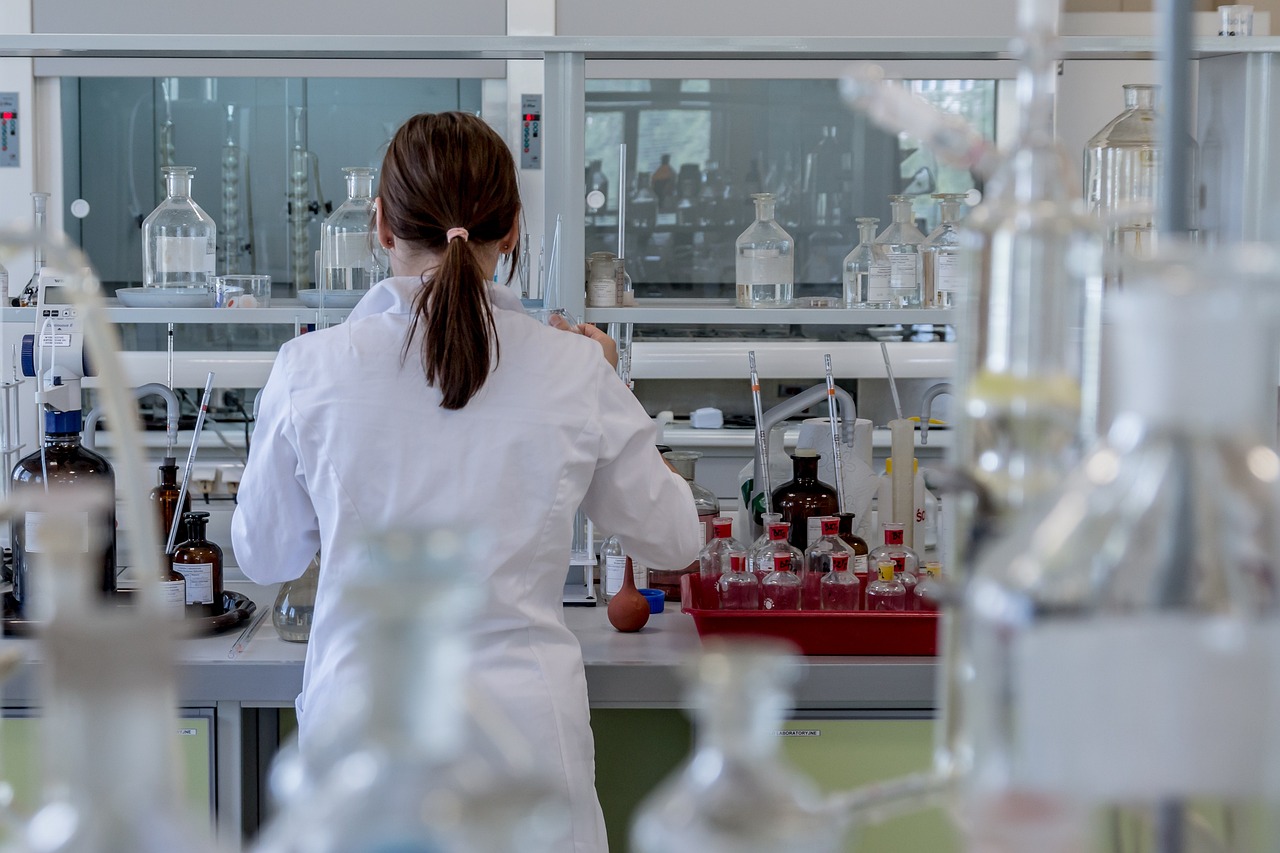Science News: Atmospheric levels of CO2, Methane, and Nitrous oxide have reached record highs, and scientists are concerned that this could spell disaster for Earth. These three gases contribute to global warming. But what can we do about them?
Carbon dioxide
A recent study found that the concentration of the three most prevalent greenhouse gases has hit record highs. Carbon dioxide levels are up more than 50% since the pre-industrial era, and levels of methane and nitrous oxide are up more than 20% from their pre-industrial levels. These increased concentrations are higher than what the earth had in the last ice age 20,000 years ago, and the rise in these levels is due in large part to human activity.
Carbon dioxide levels have been rising at a rapid rate for the past half century. At the beginning of the 1960s, the growth rate of atmospheric carbon dioxide was about 0.8 ppm per year. But the growth rate tripled over the next half-century and has since reached 2.4 ppm per year. In other words, the growth rate of atmospheric carbon dioxide during the past six decades has been more than 100 times faster than any previous natural increase.
Methane
The latest WMO Greenhouse Gas Bulletin highlights the need to take action to curb greenhouse gas emissions. According to the organization, the rise in atmospheric carbon dioxide and methane levels from 2020 to 2021 is greater than the rate of increase over the past decade. The rise in methane levels is the largest year-on-year jump since measurements began 40 years ago.
Carbon dioxide is the most common and dangerous greenhouse gas. It has been released into the atmosphere by humans through the burning of fossil fuels. These gases absorb solar energy and trap heat near the Earth’s surface. This is known as the greenhouse effect.
Nitrous oxide
Atmospheric levels of all three major greenhouse gases have hit new record highs. These gases are responsible for the warming of the planet. These gases include carbon dioxide, methane and nitrous oxide. The concentration of these gases is closely monitored by the World Meteorological Organization (WMO) and is a major indicator of climate change. Increasing levels of these gases can lead to “tipping points” in the climate system. Consequently, it is crucial to cut emissions as fast as possible to help prevent such a scenario.
Carbon dioxide is the most prominent greenhouse gas, and is responsible for the most warming. Its levels have risen to record highs and are now 50% higher than in preindustrial times. Carbon dioxide levels in the atmosphere reached 421 parts per million (ppm) in May, which is the highest level in human history. Methane levels also reached record highs and have accelerated dramatically in the past few years.
Contribution to global warming
In the past few years, scientists have been studying the role of greenhouse gases in global warming. Carbon dioxide is the most common greenhouse gas, and it is responsible for almost two-thirds of total warming. But methane and hydrofluorocarbons are also contributing to global warming. Depending on the source, these gases can remain in the atmosphere for years or decades.
The increase in these three gases causes global warming, but CO2 is by far the biggest contributor. The greenhouse effect is strengthened by increases in atmospheric concentration. However, each gas contributes differently. The greenhouse effect is a product of two important characteristics: the amount of energy a gas releases and the gas’s atmospheric lifetime.
Adapting to climate change
Scientists say global levels of three major greenhouse gases have reached record levels in the past seven years. These include carbon dioxide, methane, and nitrous oxide. These gases are the main contributors to global warming and are responsible for causing extreme weather events and sea level rise. The World Meteorological Organization (WMO) has published a report examining these changes.
The most important greenhouse gas is carbon dioxide. Carbon dioxide concentrations rose by 2.3 percent last year compared to the previous year. As the leading greenhouse gas, carbon dioxide is one of the main culprits in global warming.
In 2017, the global average concentration of carbon dioxide was 405 parts per million, which is 146% higher than pre-industrial levels, before the industrial age began. The increase in CO2 from 2016 to 2017 was comparable to the rate of growth over the past decade, but much smaller than the record jump that occurred in the previous two years. A strong El Nino in 2015 reduced the ability of the sinks to absorb CO2 and prevented the increase from reaching new heights. In 2016, however, no El Nino was present.
- Quantum Breakthrough: Room-Temperature Superconductivity Achieved
- India’s Cricket Fervor Hits Fever Pitch as World Cup Final Nears
- India Takes on Australia in the 2023 ICC Men’s Cricket World Cup Final
- Pharma Jobs: AIIMS Raipur Announces Direct Recruitment for 31 Pharmacist and Dispensing Attendant Positions; Applications Open till July 31, 2023
- Got Utkarsh Small Finance Bank IPO? Find Out NOW! Simple Steps to Check Your Allotment Status!
- Voltas and Zee Entertainment Lead as Volume Toppers in Stock Market; See High Trading Activity








